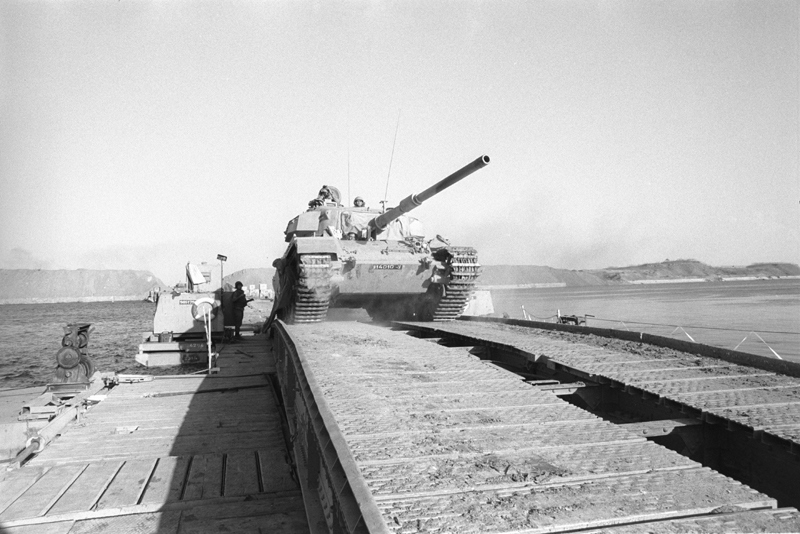The first oil crisis

Faced with a crisis, the western world responded by introducing petrol rationing and other measures. These developments made exploring for oil in the North Sea all the more attractive.

The background for Opec’s supply boycott was the conflict between Israel and its Arab neighbours, which had been underway since the Israeli state was established in 1947. On 6 October 1973, the fourth war in this series broke out on Judaism’s holiest day, Yom Kippur.
Israel was attacked by Egypt, Jordan and Syria, which were seeking to recover territories lost in earlier rounds of fighting. The USA supported the Israelis with military equipment, which meant in turn that oil price negotiations under way between Opec and the buyer countries became politically sensitive.
The Opec members resolved to adopt measures aimed at countries which supported Israel militarily and economically. These included production cuts, export bans against individual nations and a substantial increase in crude oil prices.
Their aim was to influence the policies pursued by the industrial nations in the Middle East. The Arab producers demanded that western Europe and the USA put pressure on Israel so that the borders which applied before the Six-Day War in 1967 could be restored.
At a meeting on 16 October 1973, the six Opec members around the Persian Gulf – Abu Dhabi, Kuwait, Iraq, Iran, Saudi Arabia and Qatar – agreed to raise the reference price for crude oil unilaterally by 70 per cent. The next time they met, a 25 per cent cut in production was approved.
Buyers who did not support Israel – including the UK and France – would nevertheless receive all the oil they wanted. Other countries were to have their deliveries reduced by five per cent a month, while the USA and the Netherlands as supporters of Israel would get no supplies at all.
This campaign had serious consequences for the industry and the oil market. Importing countries were split, but managed after a while to join forces in an organisation of their own – the International Energy Agency (IEA).
Reduced crude availability pushed prices sky-high, reaching USD 11.65 per barrel just before Christmas 1973 – a 400 per cent increase in three months. The result was that oil consumption stagnated after rising throughout the 20th century. It fell in both 1974 and 1975.
The world was thrown into a crisis, with economic decline and inflation. Rising consumption was replaced by moderation and investment in alternative energy sources. While exploration resumed in old US oil-producing areas, including Texas, it was intensified in new areas such as the North Sea. That increasing the number of wells drilled annually took in reality time was another matter.
The oil crisis made it even more attractive than before to safeguard supplies of a strategically important raw material from a politically stable area. The beneficiaries included Statoil and other players on the Norwegian continental shelf.
arrow_backExpertise was the keyStart of something bigarrow_forward